Select an Orthopaedic Specialty and Learn More
Use our specialty filter and search function to find information about specific orthopaedic conditions, treatments, anatomy, and more, quickly and easily.
GET THE HURT! APP FOR FREE INJURY ADVICE IN MINUTES
Shoreline Orthopaedics and the HURT! app have partnered to give you virtual access to a network of orthopaedic specialists, ready to offer guidance for injuries and ongoing bone or joint problems, 24/7/365.
Browse Specialties
-
- Arthritis
- Foot & Ankle
- Joint Disorders
- Podiatry
Ankle Arthritis
Arthritis is inflammation that can cause pain and stiffness in any joint in the body. Osteoarthritis, also known as degenerative or “wear-and-tear” arthritis, is a common problem for many people after reaching middle age. It is often experienced in the small joints of the foot and ankle.
More Info -
- Joint Disorders
- Knee
Articular Cartilage Restoration
Articular cartilage can be damaged by injury or normal wear and tear, resulting in a joint surface that is no longer smooth. Damaged cartilage does not heal itself well, so doctors have developed surgical techniques to stimulate the growth of new cartilage. This procedure is used most commonly for the knee and most candidates are young adults with a single injury or lesion. Restoring articular cartilage can relieve pain, allow improved function, and delay or prevent the onset of arthritis.
More Info -
- Muscle Disorders
- Sports Medicine
Contusions or Bruises
Muscle contusions, or bruises, are second only to strains as a leading cause of sports injuries. Most contusions are minor and heal quickly, without requiring the athlete to be removed from the game. However, severe contusions can cause deep tissue damage, which may lead to complications and/or keep the athlete out of sports for months.
More Info -
- Foot & Ankle
- Podiatry
Equinus
When the ankle joint lacks flexibility and upward, toes-to-shin movement of the foot (dorsiflexion) is limited, the condition is called equinus. Equinus is a result of tightness in the Achilles tendon or calf muscles (the soleus muscle and/or gastrocnemius muscle) and it may be either congenital or acquired. This condition is found equally in men and women, and it can occur in one foot, or both.
More Info -
- Fractures, Sprains & Strains
- Pediatric Injuries
- Sports Medicine
Growth Plate Fractures
A child’s long bones do not grow from the center outward. Instead, growth occurs in the growth plates—areas of developing cartilage located near the ends of long bones. The growth plate regulates growth and helps determine the length and shape of the mature bone. A child’s bones heal faster than an adult’s so it is extremely important for your child’s injured bone to receive proper treatment immediately, before it can begin to heal.
More Info -
- Foot & Ankle
- Podiatry
Morton’s Neuroma
Morton’s neuroma is not actually a tumor—it is a thickening of the tissue that surrounds the digital nerve leading to the toes. Morton’s neuroma most frequently develops between the third and fourth toes, and occurs where the nerve passes under the ligament connecting the toe bones (metatarsals) in the forefoot.
More Info -
- Foot & Ankle
- Pediatric Injuries
- Podiatry
Pes Plano Valgus (Flexible Flatfoot in Children)
When a child with flexible flatfoot stands, the arch of the foot disappears. The arch reappears when the child is sitting or standing on tiptoes. Although called “flexible flatfoot,” this condition always affects both feet.
More Info -
- Neck and Back (Spine)
Preventing Back Pain
Back pain can vary according to the individual and underlying cause. The pain may dull, achy, sharp, stabbing, or it may feel like a cramp, or “charley horse.” The intensity of pain may worsen with certain activities, such as bending, lifting, standing, walking or sitting.
More Info -
- Diagnostics & Durable Medical Equipment (DME)
Traditional X-RAY, CT Scan, MRI
Diagnostic imaging techniques are often used to provide a clear view of bones, organs, muscles, tendons, nerves and cartilage inside the body, enabling physicians to make an accurate diagnosis and determine the best options for treatment. The most common of these include: traditional and digital X-rays, computed tomography (CT) scans, and magnetic resonance imaging (MRI).
More Info








